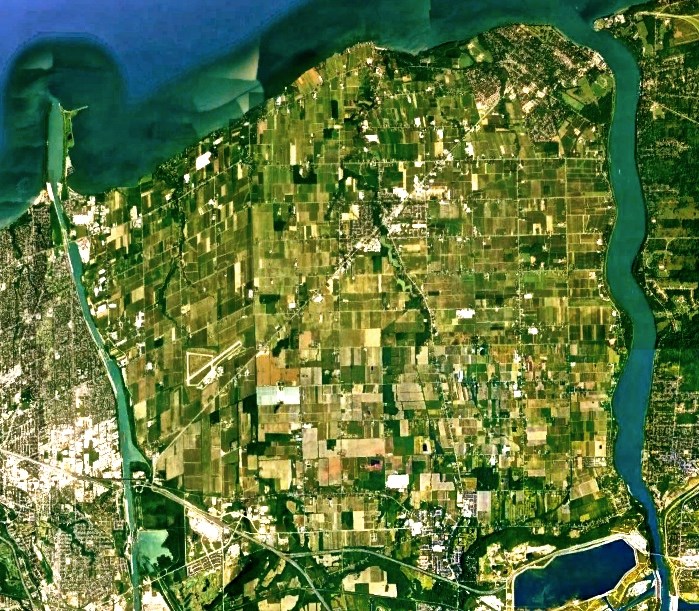
The ideas I am about to present to you are simply that — ideas.
When we look at the One, Two, Four and Eight Mile Creek watersheds, we can see they could certainly use some loving. Can you name a spot on any of those creeks where you’d feel comfortable going for a dip to cool off? Likely not, but hey, I swim in some stuff.
Your instinctive thought that prevents you from jumping into these creeks is real. The water looks gross in many areas, because it is. According to the Niagara Peninsula Conservation Authority’s 2018 Watershed Report Card, our creek systems consistently rate poor to very poor based on various environmental parameters. The subjects of study include forest and wetland converge in the area, as well as assessing water quality by means of sampling nutrients and certain animals.
The translation, as the report card itself says, is plenty of Ds and F’s all over NOTL.
A couple of my university friends and I used to play this entertaining conversation called Hypothetical Time. We created a scenario that was unrealistic, but could, perhaps, one day, be possible.
So for this round, we’re going to talk about how we could give Niagara-on-the-Lakes a mega-green boost. For the hypothetical aspect, we will exclude factors such as financials, or how the stakeholders would weigh in. This is strictly an environmental conversation, but conversations can turn into actions.
Based on the poor forest and wetland coverage scores for our creeks, I suppose the only sliver of optimism is seeing room for improvement. There simply needs to be more vegetation buffers between our creeks and agricultural or urban lands. The far-fetched idea I’ve always had was some sort of government incentive that would encourage rural land owners to re-green areas close to our creeks.
With more native plants and trees hugging the banks of waterways, we would see more filtration and erosion control with the water and sediment entering the stream. This not only creates better water quality for human recreation and wildlife, but would also increase habitat connectivity.
These connected “strings” of habitat exist all over NOTL, but other than the Niagara Escarpment and the Niagara River shoreline, the green strips are few and far between. You can see it on the NPCA’s report card, and you can see it just driving around NOTL.
When I moved to an area near the base of the escarpment, I was elated as a kid to have “the swamp” across the street — this wondrously dense and varied expanse of young forests and fields that flooded seasonally, producing frog calls and wildlife sightings flawlessly for years.
Over the past 15 years, the swamp took a few blows, as a large area was completely cleared for agriculture. Since then, other areas of this ecosystem were picked away at and thinned out. Niagara is changing fast; it is what it is.
My whole family has a pretty keen eye for nature. We’ve noticed the 10-year trend in our front yard.
We used to have deer and coyotes regularly cross our lawn to get into the next patch of forest. Water snakes would make the occasional appearance, as did spring peepers (one of our local tree-frogs). We don’t see the snakes slither or hear the peepers peep anymore.
Great horned owls used to wake us at least a few times each summer. Their terrifying conversations would catch you off-guard, but in hindsight, at least we heard them talk.
These animals once had enough habitat to move freely over a larger expanse of area. This ensures they can share their genetics, find more resources, and not become isolated populations. It would be great to see land incentives or projects that aim to reconnect the green dots of habitat across NOTL, investing in both our environment and our natural heritage as a result.
I feel like there is a happy medium where somehow, little by little, we can pick away at these hypothetical ideas and make them a reality. I believe a modern town like NOTL is totally capable of having good water quality and natural charm, while still functioning as it is.
Maybe such realities will land us some better grades in the next report card, because school is out for summer.